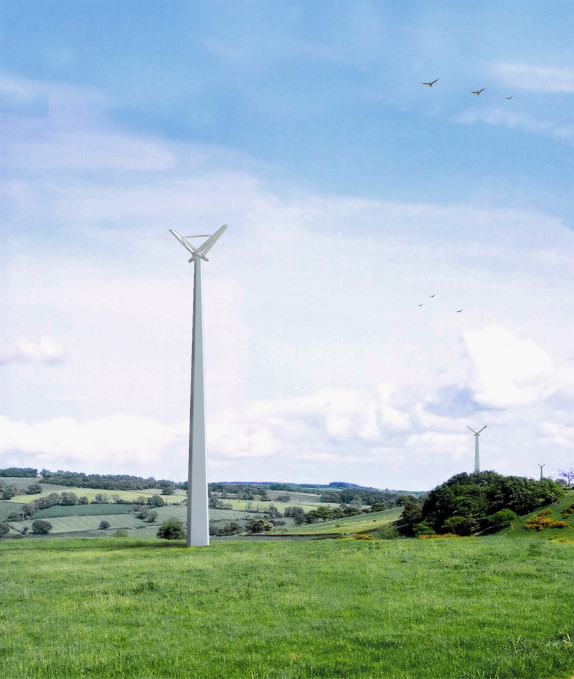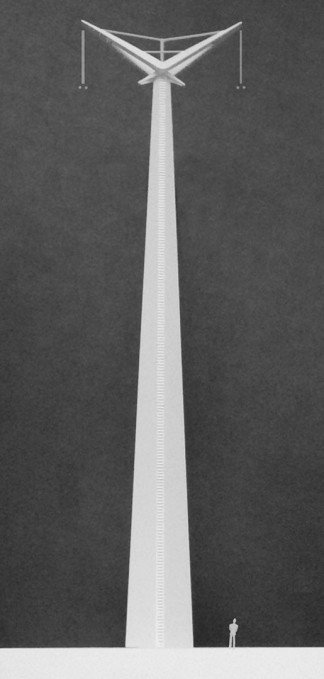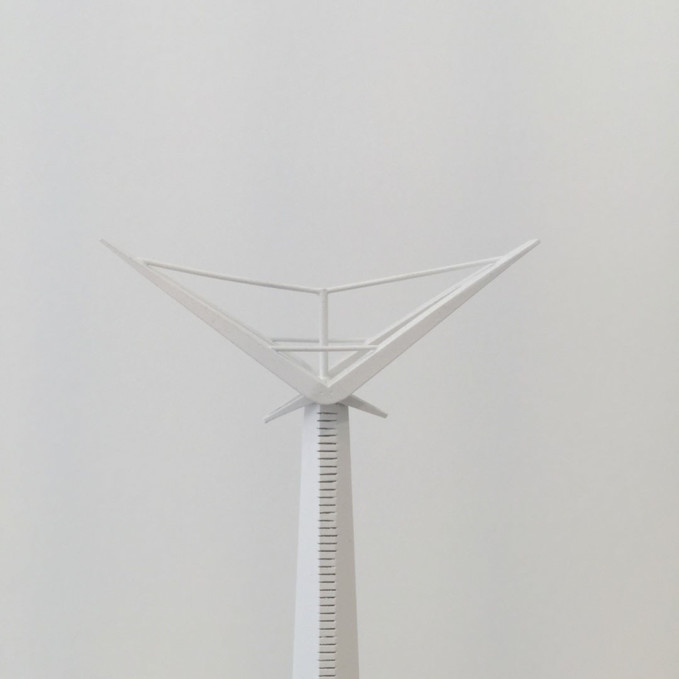


Key Information
- Date: 2011
- Client: DECC & National Grid
- Location: Various, UK
Overview
The elegant design is a careful balance of engineering performance and aesthetic calm that allows the natural landscape to be complemented but remain dominant. The plated tubular mast construction is a proven efficient structural solution. The small footprint and compact above-ground structure create a minimal volume that offers a very positive starting point. It is an alternative design to an intrusive open-lattice structural approach, which would have a much greater volume. The tapering (plated) angular form of the mast will allow daylight to sculpt and highlight each slim vertical face in turn, helping to articulate the slender vertical form. The dynamic cable spreaders have a minimal span. The sweep of the cable spreaders presents a positive upward shaping profile – indicating visual movement across the land towards the sky.
The landform, vertical masts, wing spreaders and cable lines are a balanced composition of design, engineering and nature. The defined vertical mast elements visually contrast with the predominantly horizontal natural landform, like blades of grass, reeds, flower stems or tree trunks.
The mast can accommodate various renewable energy generating devices that could include wind turbines or solar collectors. The Cables are arranged to provide the minimum conductor separation distances. The cable spreaders are articulated; they lower and widen to allow upper cables to pass lower cables without interference when needed for maintenance or replacement. A mobile winch can be used to lower the wing spreaders. The articulated short nature of the spreaders allows a minimal span transferring the cable loads efficiently to the mast and to ground.
The combined effect of the reduced mast form and minimal cable arrangement result in a compact and optimum design. The compact-plated masts and small distances between cables minimise the bulk of the mast and the cable spreader design in turn minimises the captured airspace visually enclosed by the cables as they span between the mast supports.